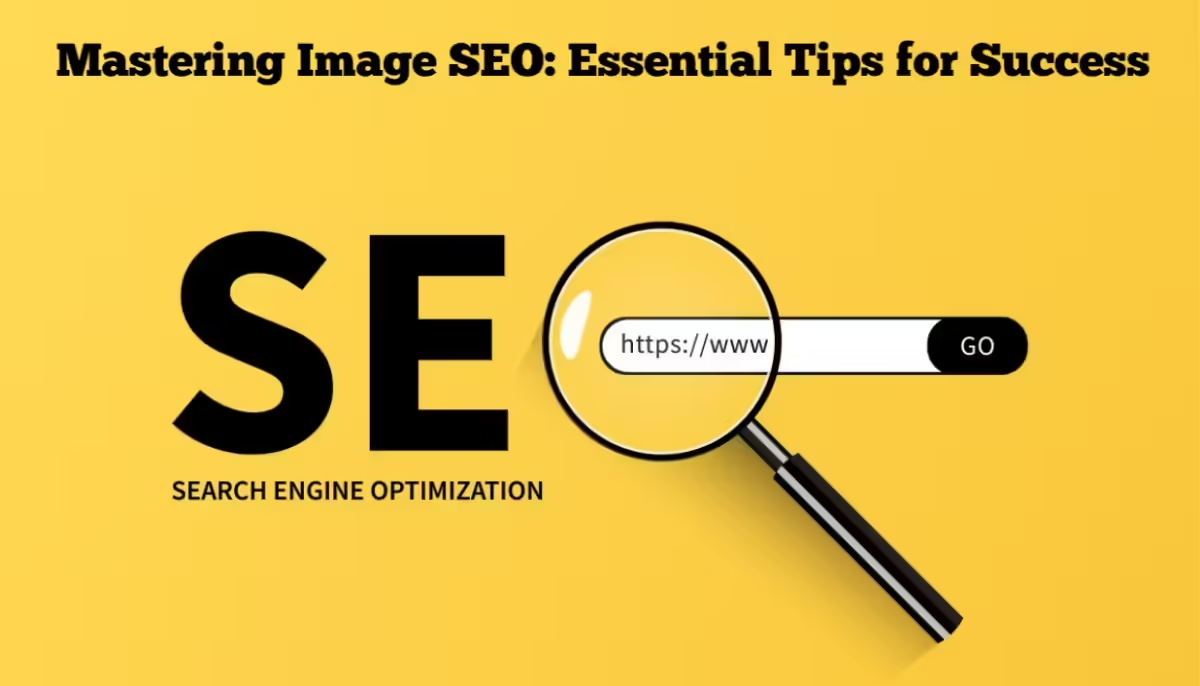Mastering Image SEO
In the world of digital marketing, image optimization is often overlooked, yet it plays a crucial role in enhancing a website’s visibility and user experience. As search engines evolve, understanding how to properly optimize images can significantly impact your website’s performance. This guide will delve into various strategies and tips that will help you master image SEO.
The Importance of Image SEO
Image SEO refers to the practice of optimizing images on your website to improve search engine rankings and enhance user experience. Mastering Image SEO When done correctly, image SEO can drive traffic to your site, improve loading times, and create a better overall experience for users.
Images contribute substantially to the content of a page, making it more attractive and engaging. However, if images are not optimized, they can negatively affect your site’s performance, leading to slower load times and higher bounce rates.
Understanding Image Structured Data
Structured data is a way to provide additional information about your content to search engines. For images, structured data can help Google understand the context of your images, improving the chances of appearing in relevant search results.
By implementing structured data for images, you can enhance your visibility on search engines. Use types like “ImageObject” to provide essential details about your images, such as their title, description, and URL. This is particularly beneficial for businesses looking to showcase their products visually.
Choosing the Right Images
When selecting images for your website, consider using unique and relevant photos instead of stock images. Unique images help establish your brand identity and can lead to higher engagement rates. Stock images can be generic and may not resonate with your audience.
For businesses, using images that showcase your products and services is key. High-quality, original images can significantly enhance your website’s appeal and performance. Ensure that the images reflect the nature of your business and the services you offer.
Utilizing Free Stock Image Resources
If you need stock images, opt for reputable sources like Unsplash or Pexels. These platforms offer high-quality, royalty-free images that can be used without cost. However, remember that while these images can enhance your website, they should be used sparingly to maintain authenticity.
Mobile Optimization for Images
With the rising utilization of cell phones for perusing, improving pictures for versatile is fundamental. Guarantee that your pictures are responsive and adjust to various screen sizes. This can improve user experience and SEO performance.
Use tools like responsive design practices to ensure that images load appropriately on various devices. Google prioritizes mobile-friendly websites in its rankings, making this an important aspect of your image SEO strategy.
Avoiding Text in Images
Including text within images can lead to several issues, particularly with search engine indexing. Search engines may struggle to read text embedded in images, which can hinder your site’s visibility. Instead, use HTML text where possible.
When creating infographics, ensure that the text is clear and complements the visual elements rather than overwhelming them. This not only helps with SEO but also improves user engagement by making information easy to digest.
Image Alignment and Layout
Proper image alignment can significantly enhance the user experience on your website. Strategically align images to create a cohesive flow throughout your content. Consider the following alignment strategies:
- Left Align: Place the first image on the left to draw attention.
- Right Align: Use the right side for secondary images to maintain balance.
- Center Align: Center-align key images for emphasis.
By varying the alignment of images, you can break up text-heavy content and keep readers engaged. This approach not only improves aesthetics but also enhances the overall user experience.
Monitoring Image Performance
To assess the effectiveness of your image SEO efforts, use tools like Google Search Console. This platform allows you to monitor image traffic and see how well your images are performing in search results.
Regularly review your image performance metrics to identify opportunities for improvement. If certain images are not generating traffic, consider optimizing their alt text, file names, or even replacing them with higher-quality alternatives.
Conclusion
Image SEO is a vital component of a successful online presence. By implementing the strategies discussed in this guide, you can enhance your website’s visibility, improve user experience, and ultimately drive more traffic to your site.
Don’t underestimate the power of optimized images in your digital marketing strategy. Start applying these tips today, and watch as your website’s performance improves.



